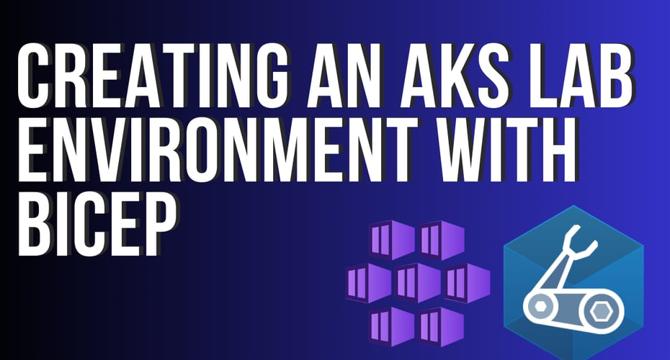Dev
2M
340

Image Credit: Dev
Creating an Azure Kubernetes Service lab environment with Bicep
- The article demonstrates how to build an Azure Kubernetes Service lab environment using Bicep, inspired by the AKS Lab provided by the AKS team.
- The tutorial covers creating resources like AKS cluster, Log Analytics, Managed Prometheus, Managed Grafana, Key Vault, Container Registry using Bicep templates.
- It emphasizes using Azure CLI for specific tasks, setting up necessary tools like AZ CLI, kubectl, bash shell, and a code editor.
- Design choices in the lab include enabling AKS Monitoring and Logging, Managed Identities and RBAC for authentication, and using Azure CNI Overlay with Cilium networking.
- The Bicep code snippets provided illustrate creating resources like Log Analytics workspace, Azure Managed Prometheus, Azure Managed Grafana, User-Assigned Managed Identity, Azure Key Vault, and Azure Container Registry.
- There is also a detailed outline on setting up the Azure Kubernetes Cluster, choosing node sizes, system vs user node pools, and configuring Availability Zones.
- The process of supplying parameter values to Bicep templates using a main.bicepparam file is explained along with deploying the lab environment using AZ CLI commands.
- Finally, deploying the AKS Store Demo App to the lab environment is covered, followed by instructions to access the application and a conclusion thanking for successfully deploying the lab environment and sample application.
Read Full Article
20 Likes
For uninterrupted reading, download the app